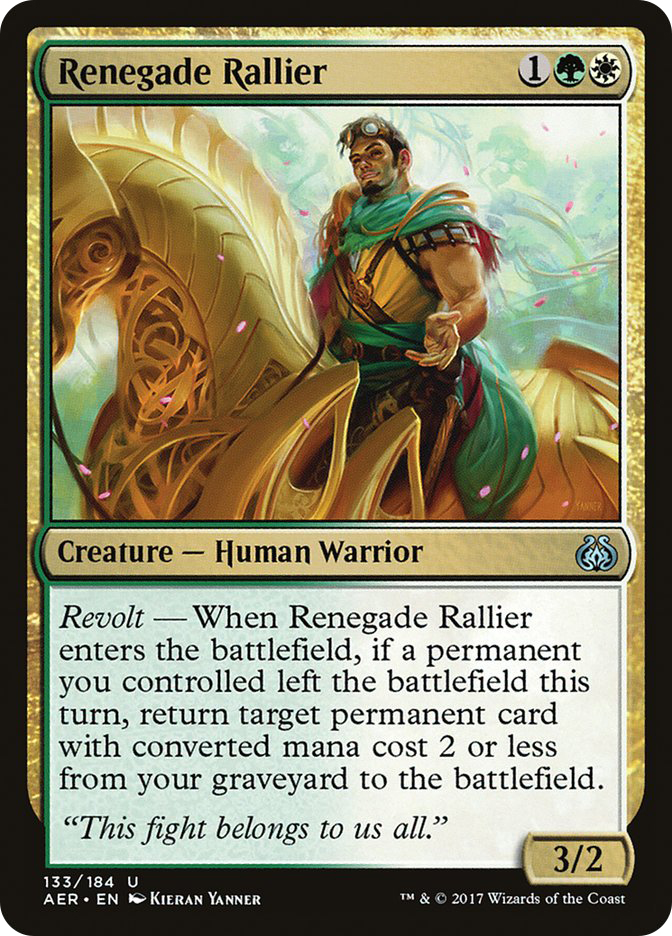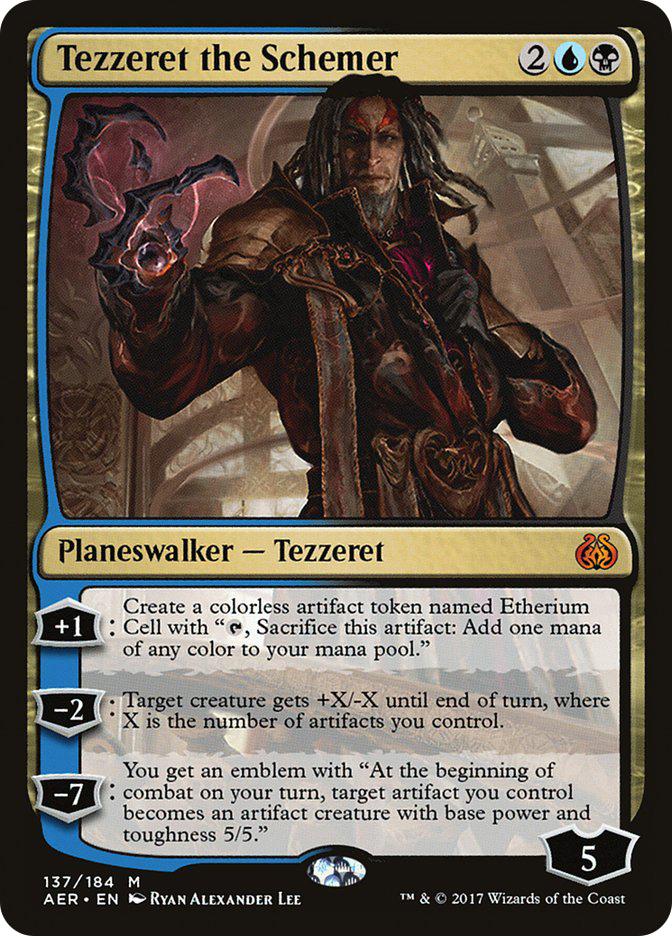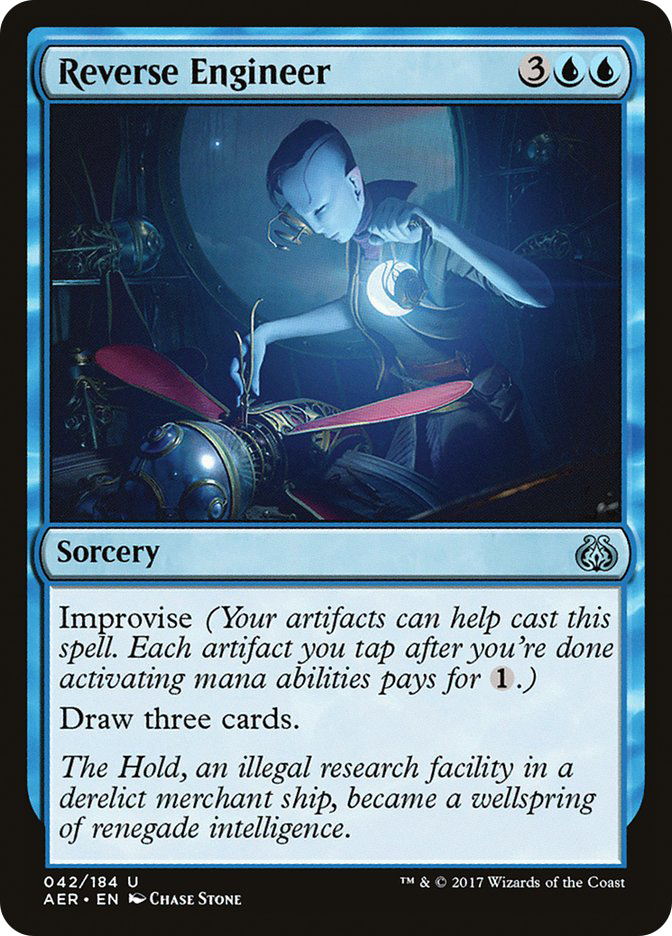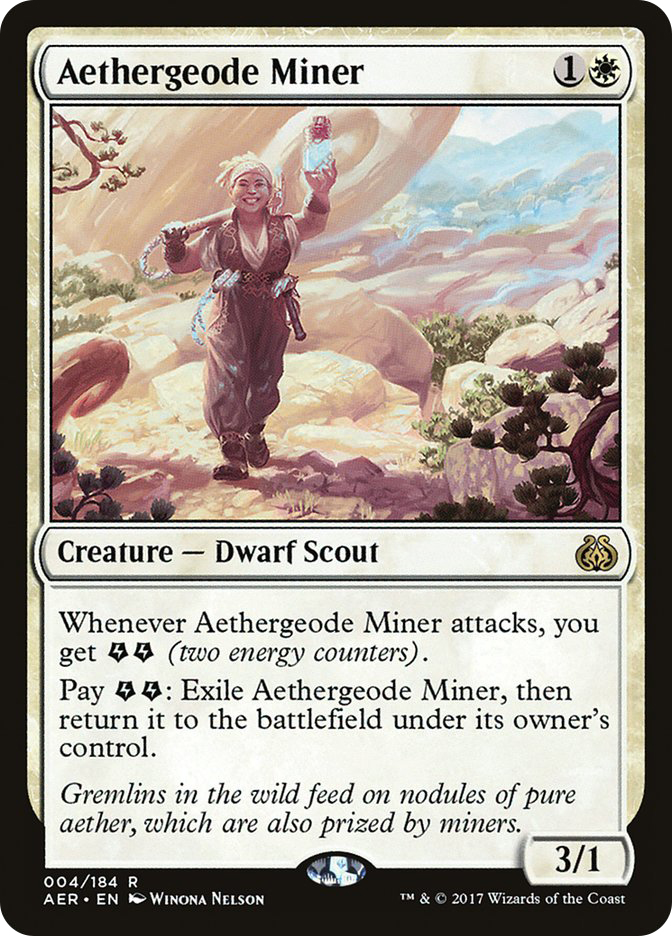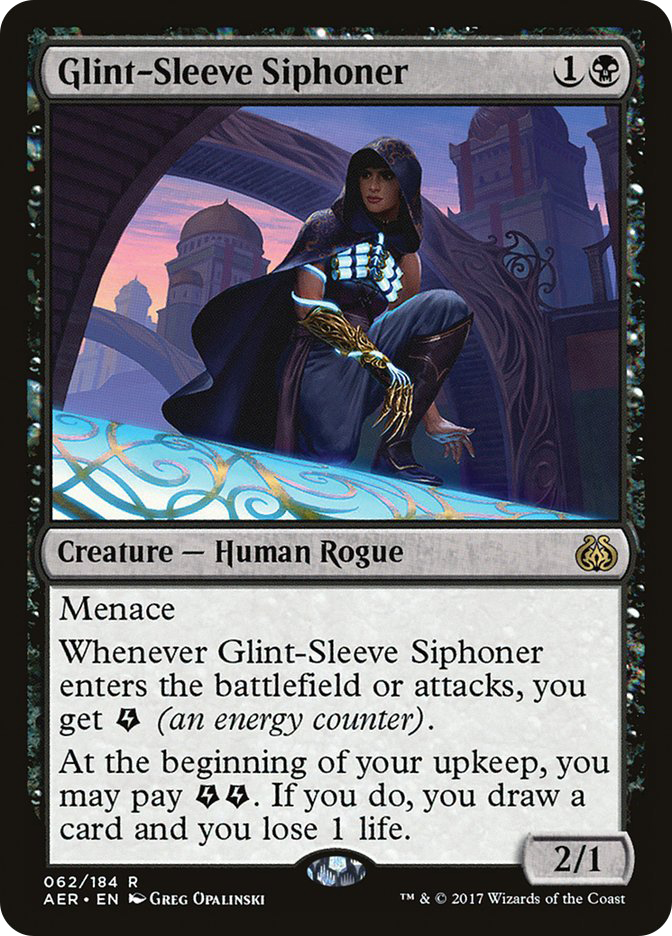I was very excited to write my article this week.
It’s not every day that card gets printed that will fundamentally alter every single format it is legal in. A card that is on the level of cards like Lightning Bolt and Path to Exile. A card that will singlehandedly alter how the Modern format operates. A true game-changer.
Then I got this message from my esteemed editor:
Danny West: “Quick note that the entire universe is on Fatal Push, so you may be late to the punch if you spend too much time on it.”
Uh oh…
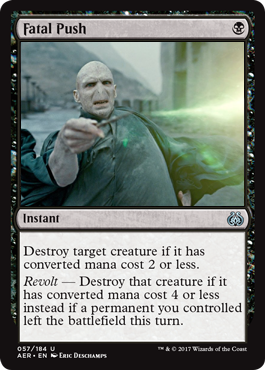
Um… okay. We can do this.
I was all ready to tell everyone how Fatal Push, I mean, The-Card-That-Must-Not-Be-Named is going to fundamentally alter Modern forever. One-mana spells are already defining features of Eternal formats, and The Card That Must Not Be Named finally fills the gap that black has had for so many years. I was going to concisely explain how not requiring reactive decks to play white or red is going to open up many possibilities, how much better Snapcaster Mage gets in non-red decks, and how much more hostile the format gets for creature combo decks like Death’s Shadow and Infect.
But I will bite my tongue and do what my editor asks.
No The-Card-That-Must-Not-Be-Named talk, I promise!
Okay, cool… See everyone next week!
…
What’s that, Danny? 246 words aren’t enough for an article? But you said we were oversaturated on The-Card-That-Must-Not-Be-Named content and I can’t possibly write an article about Aether Revolt without mentioning it and how it’s going to give U/B control a good chance in Standard by providing another good answer to Smuggler’s Copter, or how we don’t need to play Disfigure in Sultai Delver anymore.
Okay, I guess I can find some other cards to talk about.
Keeping on the Modern and Revolt theme, Renegade Rallier is a card that is not being talked about but is quite the package for three mana.
Aside about Revolt: It’s important to recognize how differently Revolt cards play in different formats, and thus we need to taper our evaluations for them to each format very differently. Achieving Revolt in Eternal formats is comically easy with fetchlands and much more difficult in Standard.
In Standard, Renegade Rallier isn’t that exciting. Not only is Revolt much more difficult to achieve in Standard, but mana curves go much higher as well— one- and two-mana permanents just don’t have the same impact as they would in Eternal formats. I don’t think it would be crazy for Renegade Rallier to see play in Standard, particularly in decks that want to attack, but it’s not that exciting.
In Modern, however, Renegade Rallier is an absurd value package.
The list could go on basically forever, but you get the idea.
With the introduction of The-Card-That-Must-Not-Be-Named to Modern, the fair decks are going to improve greatly while the fast creature combo decks are going to decline. This means that the fair decks are going to need good tools to win grindy games that involve a lot of removal. Can you imagine a grindy removal deck beating a deck with access to four Voice of Resurgence and four Renegade Rallier? Even just throwing Renegade Rallier into Abzan Midrange as currently built seems solid.
If the format stays as combo-heavy as it is, Renegade Rallier won’t be too impactful. But if the format shifts to be more about fair decks again, Renegade Rallier stands to make a huge impact.
Everyone is sleeping on Tezzeret the Schemer.
Well…almost everyone.
In a vacuum, Tezzeret the Schemer isn’t that exciting. He needs help to defend himself immediately (in the form of artifacts on the battlefield) and doesn’t directly create card advantage. He also is somewhat unexciting against decks that don’t have creatures to kill. Cards don’t exist in a vacuum, however, and Aether Revolt is setting Tezzeret up to succeed pretty hard. Tezzeret plays very well with both of the set’s main mechanics in Revolt and Improvise.
For the former, he creates Etherium Cell tokens that can trigger Revolt at will and even help pay for the Revolt spell. You can cast Tezzeret on turn 4, +1 to make a Etherium Cell token, and play a full-power The-Card-That-Must-Not-Be-Named right away to help defend him. With most of the set yet to be seen, there are likely many other powerful Revolt cards he can trigger as well. For the latter, Tezzeret can create a pile of artifacts to tap for improvise. The Etherium Cell tokens can be stockpiled for improvise activations while also maintaining a high artifact count for Tezzeret’s -2 and other artifact synergies.
Tezzeret’s ultimate is fine but unexciting, but his -2 ability has the ability to kill many creatures over the course of a game. Tezzeret can kill two creatures right away and still be alive at one loyalty, a feat very few planeswalkers can claim. Make no mistake, Tezzeret requires some deckbuilding finesse and is mostly good against decks with creatures, but those stipulations are very doable in the current Standard format.
Tezzeret is not Jace, the Mind Sculptor, but he is another good tool for artifact decks of future Standard.
Speaking of good tools for artifact decks in Standard, Reverse Engineer is also quite the card.
We’ve already seen a number of decks in the early stages of the format based around Metalwork Colossus and a ton of artifacts, and a card like Reverse Engineer fits perfectly into a deck like that. If you are already inclined to play random artifacts like Prophetic Prism and Metalspinner’s Puzzleknot, turning them into mana rocks is quite the payoff.
As for Modern or even Legacy play, Reverse Engineer has the power but not necessarily the home. It could team up with Thoughtcast to create some sort of new artifact deck, as there are plenty of cheap artifacts available and that is quite the card draw suite.
Cost reduction plus card draw is usually a recipe for success, and Reverse Engineer fits the bill.
The duo of Aethergeode Miner and Glint-Sleeve Siphoner is quite interesting.
In Kaladesh there was energy across all colors, but it seemed fairly clear that green and red were the best energy colors. Attune with Aether and Harnessed Lighting were by far the best energy enablers, and cards like Bristling Hydra, Longtusk Cub, and Voltaic Brawler all worked well together. Occasionally you’d see a blue splash for a card like Whirler Virtuoso, making blue the third-best energy color.
Here we see two great energy-based two-drops, but they are white and black!
Aethergeode Miner is quite the annoyance for any deck relying on removal to deal with your creatures. The 3/1 body for two mana and incidental energy production is already reasonable, but that ability to dodge targeted removal is quite the upside. It is definitely less impressive against other creature-based decks, but the floor is pretty high on rate stats alone.
Glint-Sleeve Siphoner is the next entry in a long line of “bad Dark Confidants,” but it actually looks quite good. Drawing extra cards at a cheap rate while still putting a threat on the battlefield is what every aggressive deck wants, and Glint-Sleeve Siphoner looks to be a reasonable way to do it. Menace should allow it to attack freely in the early-game, and it never has to actually do anything except live to start drawing cards as long as you have other sources of energy.
This, of course, is the big issue.
With most good energy enablers locked in green, red, and blue, what deck wants these cards?
One has to assume there will be more energy enablers in white and black, which will make both of these cards very reasonable plays. Of course, it is very possible to just pair either one with the green and red cards already available. Attune with Aether and Aether Hub are great mana fixers you want to play anyway, so three-color decks are certainly not out of the question.
I’m probably being punked for the hundredth time by Wizards of the Coast, but I really hope Glint-Sleeve Siphoner is actually good.
Feeling the Impact
New sets always have a fairly large impact on Standard.
With such a small card pool, it’s very difficult for a new set not to shake up a format, and one can only hope that we get some solid answers to the menace that is Aetherworks Marvel plus Emrakul, the Promised End. These kinds of synergy sets are always very interesting to me, as they have so many moving parts that it usually takes a little while for all of them to come together in the right ways. We’ve already got tons of cross-block synergy with artifacts powering up delirium, colorless cards teaming up with artifacts, and Clues powering up artifact synergies; unraveling all of the secrets is always a lot of fun.
However, the true legacy of this set is going to be its impact on the Eternal formats. Revolt is a mechanic that seems tailor-made to print powerful effects in fetchland formats that won’t break Standard, and The-Card-That-Must-Not-Be-Named may only be the tip of the iceberg. Even with only The-Card-That-Must-Not-Be-Named, this set will still probably be the most impactful Eternal set in a long time. It’s not often a new set has such an impact, and I am especially excited to see what Aether Revolt does to Modern.
Whew…
We’re all done.
See? I did it!
I got through the whole article without mentioning Fatal Pu…
Danny: Don’t say its name!
…I mean, The-Card-That-Must-Not-Be-Named again!


